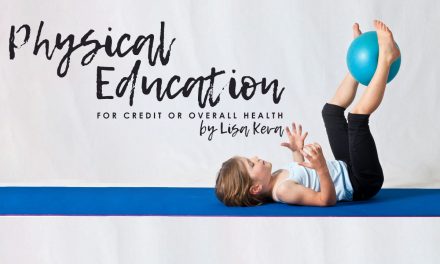Most parents want their children to be bright, educated and smart. Educating at home can help accomplish this goal. But what does this look like, exactly?
Is it having our three year old memorize the names of all the American presidents?
Do we schedule a vigorous curriculum-intensive day for our preschooler?
Are our children working on worksheets more than they are exercising their large motor skills?
The child’s mind can absorb a great deal at a young age. We taught my son to sing all fifty states at the age of three. He could memorize lengthy poems and recite them with ease. These are excellent skills to have but this is not the definition nor should it be the ultimate goal of homeschooling. Academics are not the end all but a means to an end. Life skills are what are truly important for every child. Providing our children opportunities to learn through play, help us to guide, train and lead our children to develop into responsible and moral citizens. Our world does not need a plethora of educated adults who only look out for the needs of themselves. Rather, we need a generation to emerge that are both educated and self-sacrificing; a people that looks to the needs of others and are able to creatively and effectively meet those needs.
So how can play accomplish these goals?
It Fosters Creativity
One Thanksgiving, our young children were upstairs at a friend’s house crawling around on all fours mewing like kittens and barking like dogs. My friend was gravely concerned. “What are they doing?” she asked. I stared at her confused for a moment and simply said, “playing.” The kids were not rough housing or goofing off but using their imaginations and pretend playing. The other children joined in on the fun and were enjoying themselves. It was harmless and normal for the age of the children there. Unfortunately, some parents are afraid to let their children pretend play but this sort of play is perfectly normal for young children. Why let television and computer games dictate creativity in our children’s lives? We should let them create their own games, under supervision with parent-led guidelines and restrictions. You might be surprised to see what your child will come up with!
When my preschool aged daughter was given some crayons and a blank piece of paper she came up with the most creative piece of artwork with a very detailed description! Coloring “within the lines” has its place but sometimes a blank canvas can reveal what is going on in their little minds. It can open up doors of communication between the parent and child in a gentle way.
Even though my children have an overabundance of toys, they are still found guilty of going outside and playing with sticks, rocks, leaves and dirt. Oftentimes the games they come up with using nature are more entertaining than their Lego’s (hard to believe, I know!) Being able to create something out of simple materials is a wonderful skill that will help them as adults. Resourcefulness is important and can be beneficial for them in the future in real life situations. Allow them to create and be creative throughout the day. Have a bin of old soup cans or scrap paper and when your child complains of boredom, direct him to those materials!
It Allows for Problem Solving
Recently, our older children have been helping around the house with different chores. Loading and unloading the dishwasher is one of them. One cabinet in my kitchen has round containers stacked in it and next to it I have the square ones. It has been quite interesting opening up the cabinet some days to find some round dishes hidden in the square pile or a square one with the round. Even worse, I might even open up the cupboard and see the smaller dishes on the bottom of the pile trying to balance the larger ones! I think to myself at this point, “I should have had them play with those stacking toys more!” You know, the classic plastic toy with a yellow cone and colored rings of various sizes. Young children are supposed to figure out that the largest ring goes on the bottom and then they work their way up with the smallest on top. I see now, there actually was a point to that silly little toy! Kids can easily become frustrated with stacking toys, puzzles, or other similar toys, but it is good for them. They need to understand the importance of “try and try again.” When my husband creates a piece of metal art on his forge it might not always turn out the first time. Sometimes he has to toss the metal back into the fire and have it melt down again so he can start over. Kids get frustrated when they work hard to build a tower only to have it fall when that one large piece was placed at top. It’s good for them to learn the importance of figuring out what went wrong and how they can fix it next time.
Providing opportunities for your children to play is not a cop out as a homeschool parent. As long as you use these times to teach and instruct in a more non-abrasive manner then your child can develop into a strong asset wherever they go!





